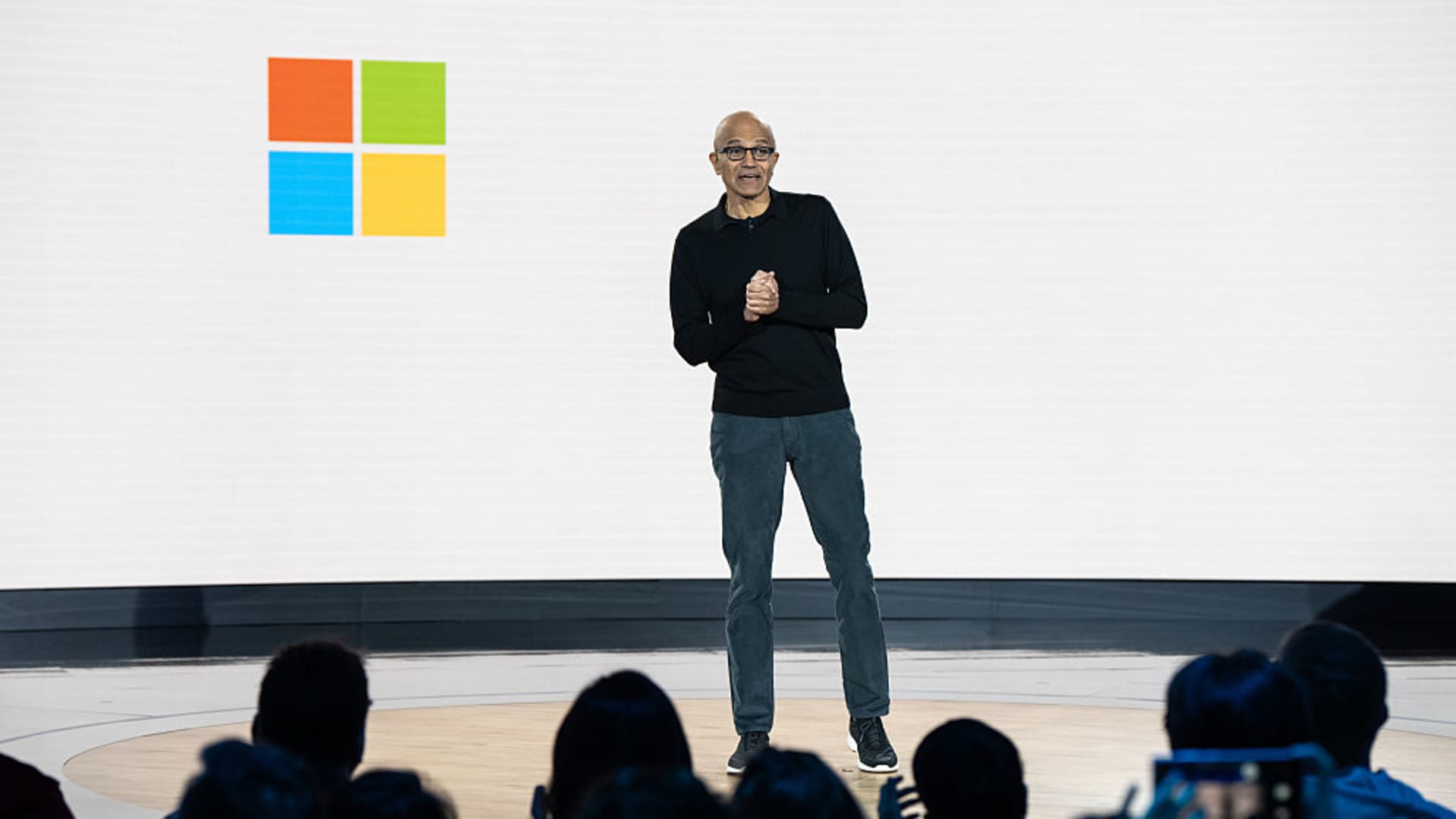Xbox Price Hike: Microsoft's Strategic Move Amid Shifting Gaming Landscape

In the wake of President Trump's recent tariff announcement, Microsoft has revealed that video game developers are facing increased production costs, ultimately leading to higher prices for consumers. The tech giant attributes the price hike directly to the new import tariffs, which are putting additional financial pressure on the gaming industry.
Just a month after the tariffs were implemented, Microsoft has become the first major gaming company to publicly acknowledge the economic impact. The increased costs are expected to affect game development budgets, potentially resulting in more expensive video games for players across the United States.
This development highlights the broader economic implications of trade policies and their direct effect on the entertainment and technology sectors. Gamers and industry watchers are now closely monitoring how these tariffs might reshape the pricing landscape of video games in the coming months.
